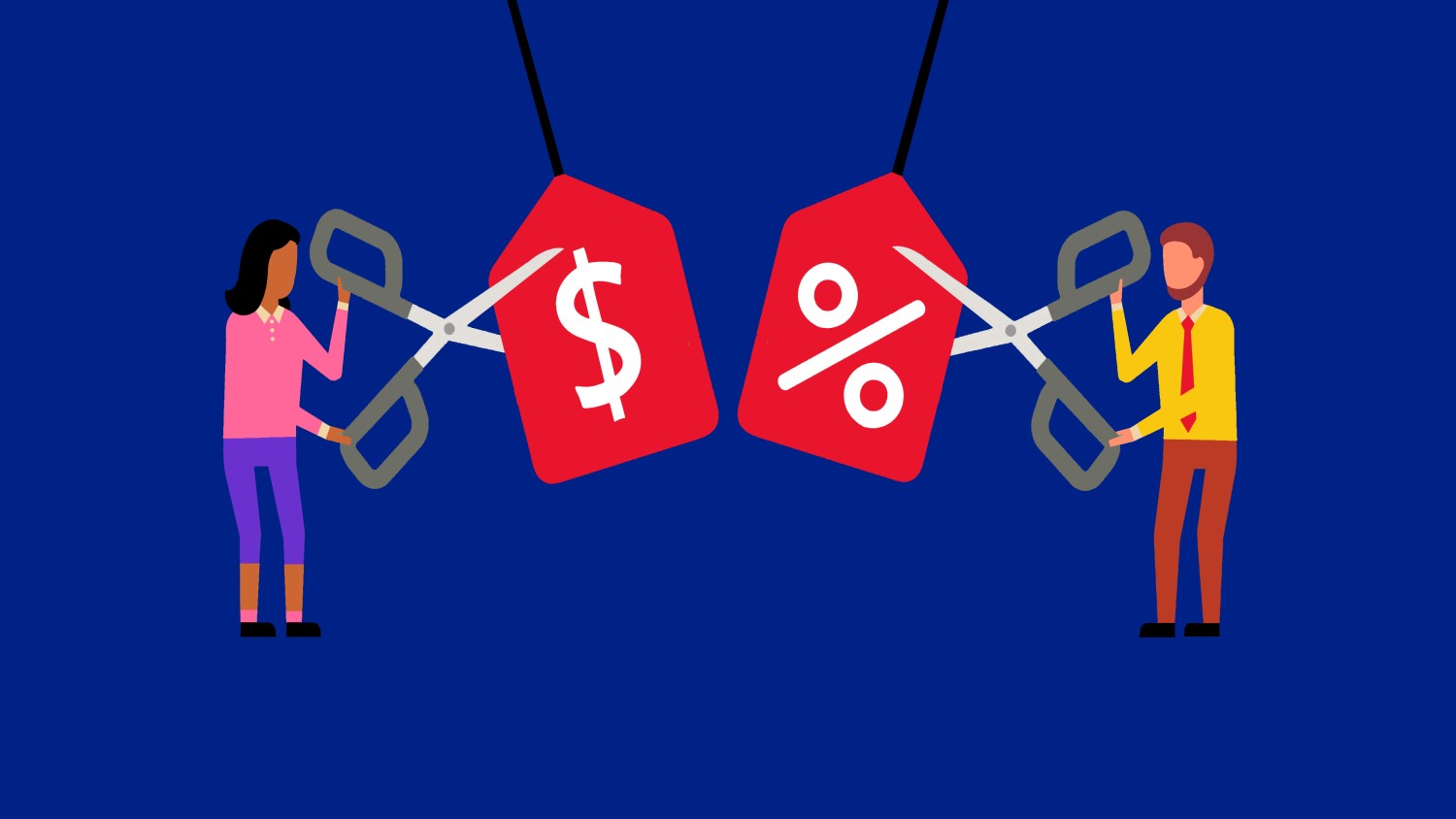
Pricing Strategies for Freelancers Finding Your Sweet Spot
In the dynamic world of freelancing, one must tread carefully when determining the price for their services. Pricing strategies for freelancers are not one-size-fits-all, and to find your sweet spot, you'll need to explore various avenues. This article delves deep into the art of pricing for freelancers, offering insights, tips, and strategies to help you strike the right balance between competitiveness and profitability.
Understanding the Gig Economy
Navigating the Modern Work Landscape
The gig economy is a multifaceted arena where freelancers and independent contractors thrive. It's characterized by short-term projects, remote work, and a flexible work schedule. To succeed in this landscape, you must first grasp its intricacies.
Embracing Flexibility
In the gig economy, adaptability is key. Freelancers need to adjust their pricing strategies to cater to the ever-changing market demand. This flexibility ensures your relevance and sustainability.
The Fundamental Pricing Models
Strategies for Freelancers
To find your sweet spot in pricing, you must understand the core pricing models:
Hourly Rate
Charging by the hour is a common approach. However, it's crucial to calculate your hourly rate based on your desired annual income and the number of billable hours available.
Project-Based Pricing
Setting a fixed price for an entire project is another option. This approach provides clients with cost predictability, but it requires careful project scoping.
Value-Based Pricing
This strategy focuses on the value you provide to clients. By aligning your pricing with the benefits they gain, you can charge more for your services.
Retainer Model
Retainers involve clients paying a monthly fee for ongoing services. It offers financial stability for freelancers and ensures consistent income.
Factors Influencing Pricing
Calculating Your Worth
Determining your worth as a freelancer goes beyond your skills. Consider these factors:
Experience and Expertise
The more experienced and specialized you are, the more you can charge. Clients value expertise.
Market Research
Study your niche and competitors to position your pricing effectively.
Client Budget
Understand your client's budget constraints, but don't undersell your services.
Perceived Value
Clients will pay more for services they perceive as valuable. Showcase the benefits you offer.
Avoiding Common Pitfalls
Navigating Challenges
Pricing strategies for freelancers are not without challenges. Beware of these pitfalls:
Underpricing
Don't undervalue your skills. Underpricing can harm your long-term prospects.
Overpricing
While it's essential to recognize your worth, overpricing can alienate potential clients.
Negotiation Skills
Develop effective negotiation skills to secure fair compensation.
Revisiting Strategies
Regularly assess your pricing strategy and adjust as needed to stay competitive.
FAQs
-
What if my services are in high demand? In such cases, consider raising your rates to capitalize on your expertise.
-
How do I calculate my hourly rate? Factor in your desired annual income, business expenses, and available billable hours.
-
Is it better to charge per project or hourly? The choice depends on your industry and the nature of your services. Evaluate each project's requirements.
-
Should I offer discounts to attract clients? While discounts can be appealing, ensure they don't compromise your income. Use them strategically.
-
How do I communicate value to clients? Showcase your portfolio, client testimonials, and the unique benefits you bring to the table.
-
Can I change my pricing strategy over time? Absolutely. Adapt your pricing to your evolving skills, market conditions, and client base.
Summary
Pricing strategies for freelancers are a blend of art and science. To find your sweet spot, embrace the dynamic nature of the gig economy and understand the core pricing models. Factor in your experience, market research, and client budget while avoiding common pitfalls like underpricing and overpricing. Effective negotiation and periodic strategy reviews are crucial for long-term success.
